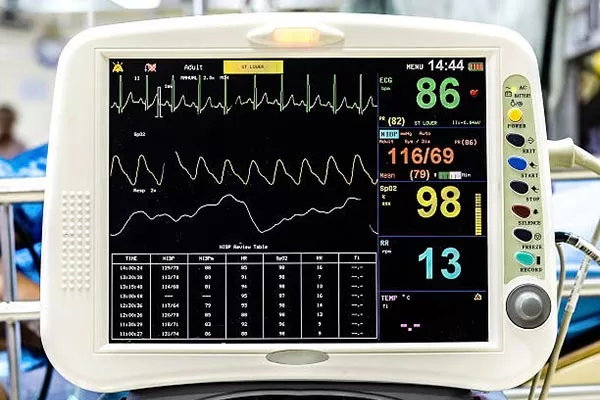Industrial design and manufacturing saw huge advancement in the last century thanks to the introduction of plastic molding techniques and machines. Overmolding is an effective type of plastic molding used in specific production processes.
The low cost of materials, efficiency, and efficacy of the overmolding process make it ideal for high-volume manufacturing. However, these characteristics that make overmolding popular also have a downside.
Overmolding processes must often be combined with forged, cast, or machined components to improve mechanical strength. This post looks at commonly manufactured products using overmolding.
Overmolding Explained
Overmolding involves a multi-step process of molding two or more components over each other. Also known as “two-shot” molding, overmolding requires two steps for effective manufacturing. A base component, known as a “substrate,” features manufacturing with plastic and cured.
Next, the manufacturer produces a secondary layer over the first to create a solid single piece. You’ll typically find overmolding used in manufacturing processes for plastic components with rubber handles.
This two-shot overmolding process features in toothbrush manufacturing, where the manufacturer forms a base layer for the handle and finishes it with rubber to improve the user’s grip on the handle when brushing their teeth.
Another example is a food container where the base layer forms the container itself, and the rubberized layer creates the seal.

Patient monitor housing
Common Products Manufactured with Overmolding
Surgical Devices
Overmolding has many practical applications in the medical manufacturing industry. It’s common to find overmolding used in products like surgical devices and equipment housings, creating user-friendly finished products.
Some examples of overmolded medical products include patient monitor housings, needles, syringes, dilators, catheters, soft-touch buttons, and more.
Everyday Household Items
As discussed, overmolding allows for the production of dual-layered products that improve cleanliness and grip. As a result, it’s a popular manufacturing process for everyday household items like kitchen utensils, toothbrushes, mirrors, electric fan housings and blades, pens, shampoo bottles, multi and USB port chargers, reusable food containers, and more.
Cookware
Overmolding allows for the creation of a slick, impenetrable surface that’s ideal for kitchenware. Cleanliness and hygiene are essential in the kitchen, and overmolding is ideal for food-safety products like cookware, device housings, kitchen utensils, and microwave bowls. Pot covers, spatulas, knives, stove trim, and cutting boards are all examples of dual-layered overmolded products.
Hardware Tools
Hardware tools also incorporate the use of overmolding in design and manufacturing. Pliers, screwdrivers, hammers, wrenches, pocket knives, tape measures, and cutting knives are all great examples of how overmolding produces handles that are easy to grip and ergonomic.
The primary machined components in these products feature design and construction using tool steel capable of bending, cutting, punching, drawing, and other fabricating techniques. Before the steel parts are usable, they receive a plastic or rubberized coating, making them easy to grip to prevent workplace accidents.
Without overmolded grips and handles, these tools are challenging to handle in a working environment. They might lead to severe injuries if the user’s grip slips when applying force and leverage.
Car Trims
Also known as “car moldings,” car trim describes the interior components of the vehicles, such as the door edges, fender trim, consoles, and dashboards. While most manufacturers install car trim to improve the aesthetic appeal of the vehicle interior, they also offer functional use.
Overmolded interior trim reduces weight in the vehicle, allowing for better agility and maneuverability while enhancing performance. Automotive trim is available in customized or pre-set colors according to customer requirements when ordering the car.
Overmolded trim components undergo additional processes known as “insert molding.” This technique allows vehicle manufacturers to insert other materials, like aluminum, stainless steel, or chrome plating, into the design for more aesthetic appeal.
